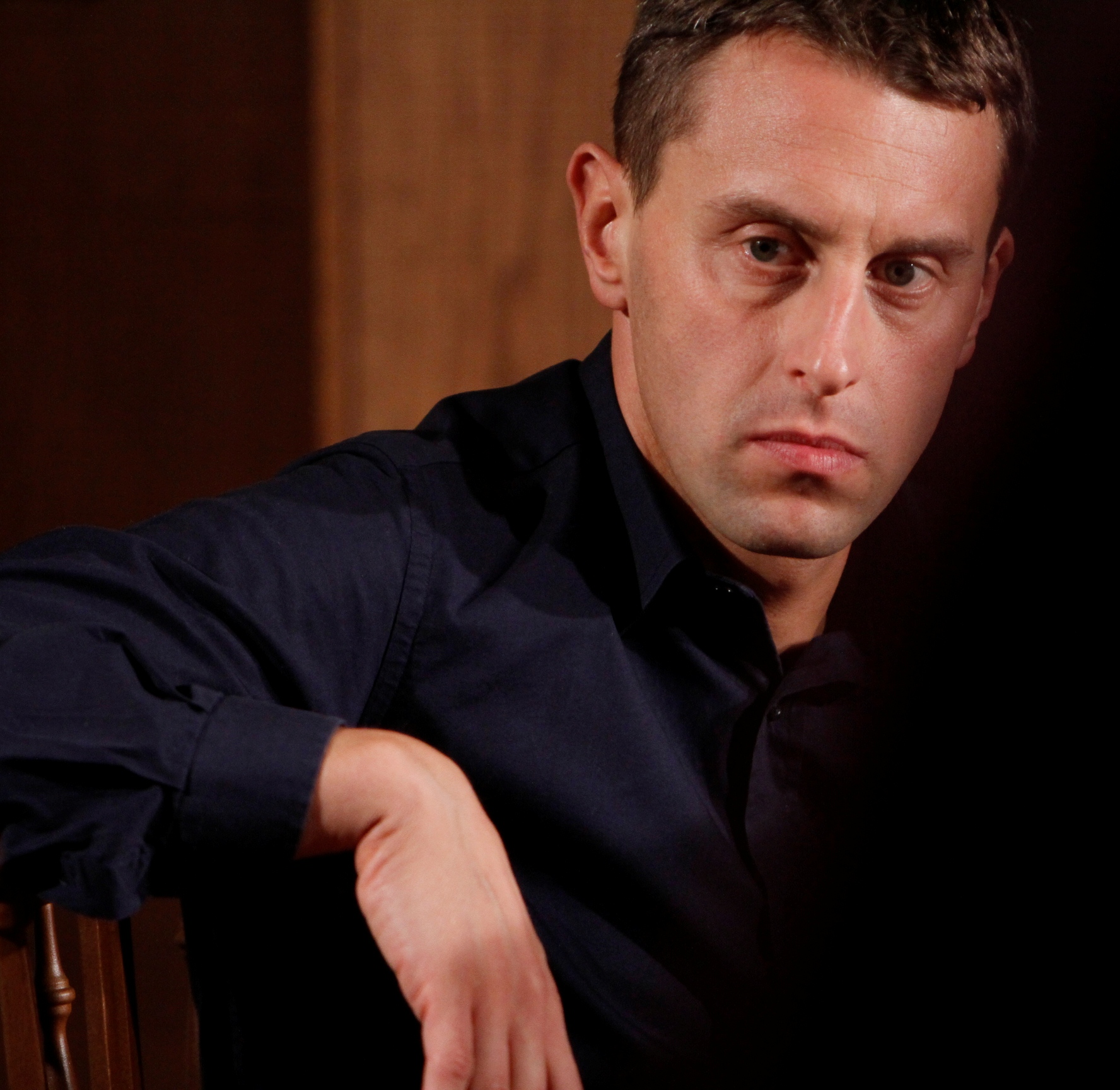|
|||||||||
DAVIDE POZZI
Roma Caput Musicae Mundi
Davide Pozzi, organ
Friday 17 August at 7pm, Kretinga Franciscan Church
Anyone who has a luck to visit the centre of Rome today can only get astonished and uplifted by the quantity, richness and beauty of artworks found on every corner, a testimony of the splendour of the past. The number of churches, sculptures and paintings of the highest value is incomparable to any other city in the world.
Among the whole roman heritage the baroque period is the most represented in this splendid gallery of art under the open sky, which corresponds to the riches collected in the State of the Church during this period. Popes and cardinals lived in their magnificent palaces with a huge number of servants, collaborators and artists. Almost always art represented the power of one or another prelate, in many cases related to some powerful family. The subjects and intentions of artworks referred mostly to the sacred themes or served to spread the evangelic messages in the churches.
Music could not have the same representative function, but today it is often forgotten that in those times Rome was the world capital of art, therefore also of music. The Roman style deeply influenced the whole Europe and many musicians came to Rome to transcribe the pieces created in this city or to study with the most famous composers.
Girolamo Frescobaldi was called “the monster of organists”, which meant he was the most amazing keyboard player of his times. He enjoyed a huge fame and came to serve to Vatican in the Cappella Giulia at Basilica San Pietro. His toccatas express the highest level of improvisation and fantasy and provide the basis for the research of the theory of affects in non-vocal music. His instrumental music can express real passions.
One generation later it was Bernardo Pasquini who became the most famous keyboard player and one of the first musicians to be accepted to the famous Accademia dell’Arcadia. He was the organist of Senato e del Popolo Romano, the head office of the Roman community, which belonged to the Santa Maria in Aracoeli church, dominating the Capitoline Hill until today. His style was completely different form his predecessor. Its clarity of direction of polyphonic parts foresees the development of modern harmony.
Pasquini did not collaborate at all with the great Arcangelo Corelli, the father of modern music writing for violin and the codifier of a more purely harmonic style. This programme presents Corelli’s concert, transcribed for organ by the English Thomas Billington as a testimony of the international fame of this Italian composer.
Georg Muffat studied in Rome between 1681 and 1682 with Pasquini. He also knew Corelli who’s influence is very evident in compositions from “Apparatus Musico-Organisticus”, but also in some of his pieces for strings.
Michelangelo Rossi became famous as “Michael the archangel of violin” for his talent for this instrument, but his compositions for keyboard testify the courage of expressivity reached by seventeenth century composers for organ and harpsichord. Born in Genova, but active in Rome during the years of Frescobaldi, he could be compared to Gesualdo for his experiments with style.
Davide Pozzi
Programme
Girolamo Frescobaldi (1583–1643)
Toccata I
Canzona IV
Toccata VII
From “Il secondo libro di toccate, canzoni, versi d’hinni …”, Roma 1627
Bergamasca
From “Fiori musicali di diverse compositioni, Toccate, Kyrie…”, Venezia 1635
Michelangelo Rossi (1601/2–1656)
Toccata VII
From “Toccate e Correnti”, Roma 1634
Bernardo Pasquini (1637–1710)
Toccata con lo scherzo del cucco – per lo Scozzese, Roma 1698
Variazioni capricciose in C sol fa ut
Georg Muffat (1653–1704)
Toccata VII
From “Apparatus Musico-organisticus”
Arcangelo Corelli (1653–1713)
Concerto in sol minore “Fatto per la Notte di Natale”
Transcription by Thomas Billington (1754–1832)





